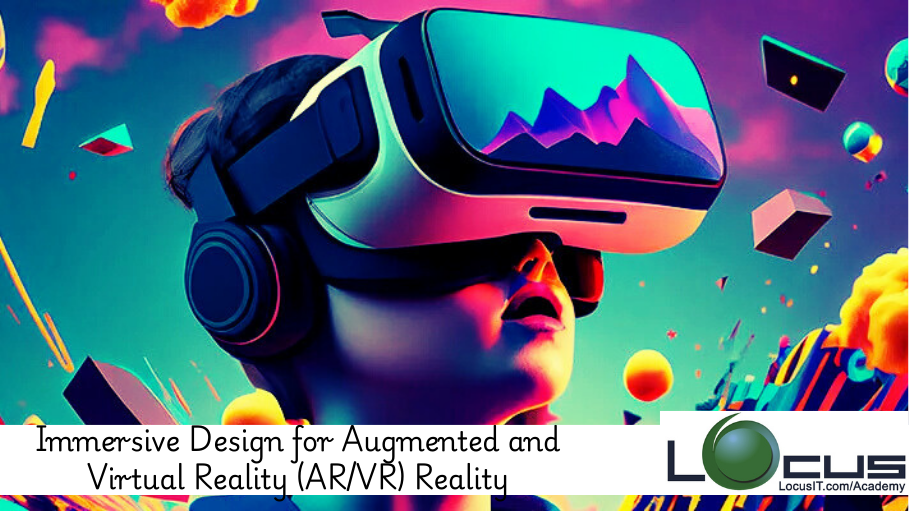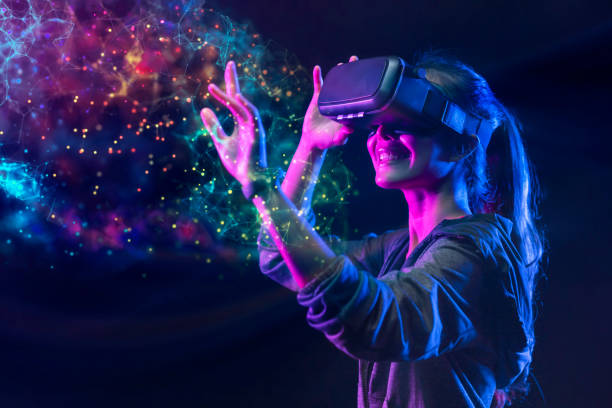Description
Introduction of Immersive Design for AR/VR Reality
This course focuses on the principles and practices of designing immersive experiences for augmented reality (AR) and virtual reality (VR). Participants will learn how to create engaging, intuitive, and user-centered designs that leverage the unique capabilities of AR and VR technologies. The training covers design methodologies, user interaction, spatial awareness, and usability considerations specific to AR/VR environments.
Prerequisites of Immersive Design for AR/VR Reality
- Basic understanding of AR/VR technologies and concepts.
- Familiarity with design principles and user experience (UX) concepts.
- Experience with design tools and software (e.g., Adobe Creative Suite, Sketch) is helpful but not mandatory.
Table of Contents
To conclude; Immersive Design for AR/VR Reality training provides participants with a comprehensive understanding of immersive design for AR and VR, emphasizing user experience, spatial design, and best practices to create engaging and effective AR/VR applications.







Reviews
There are no reviews yet.